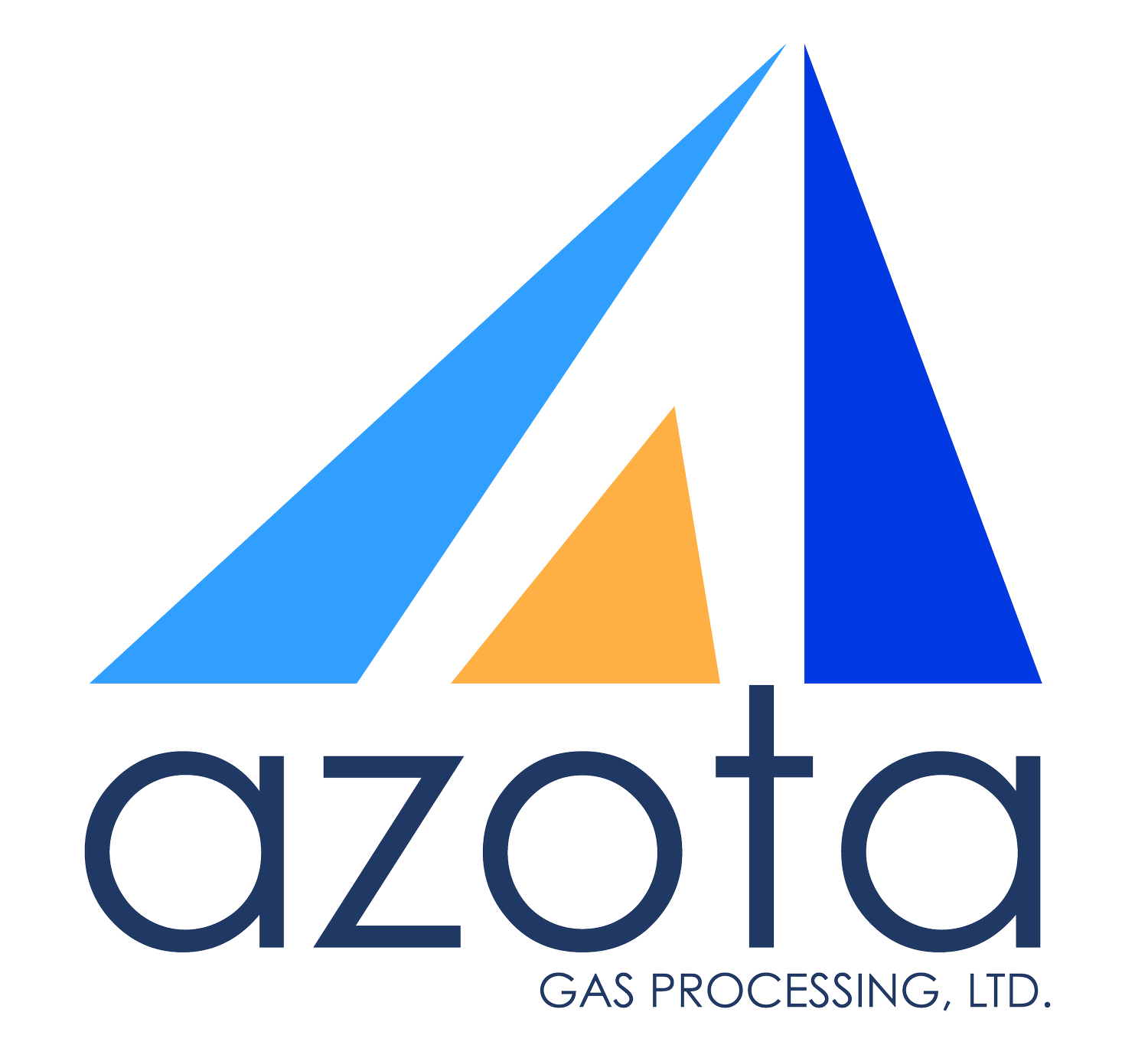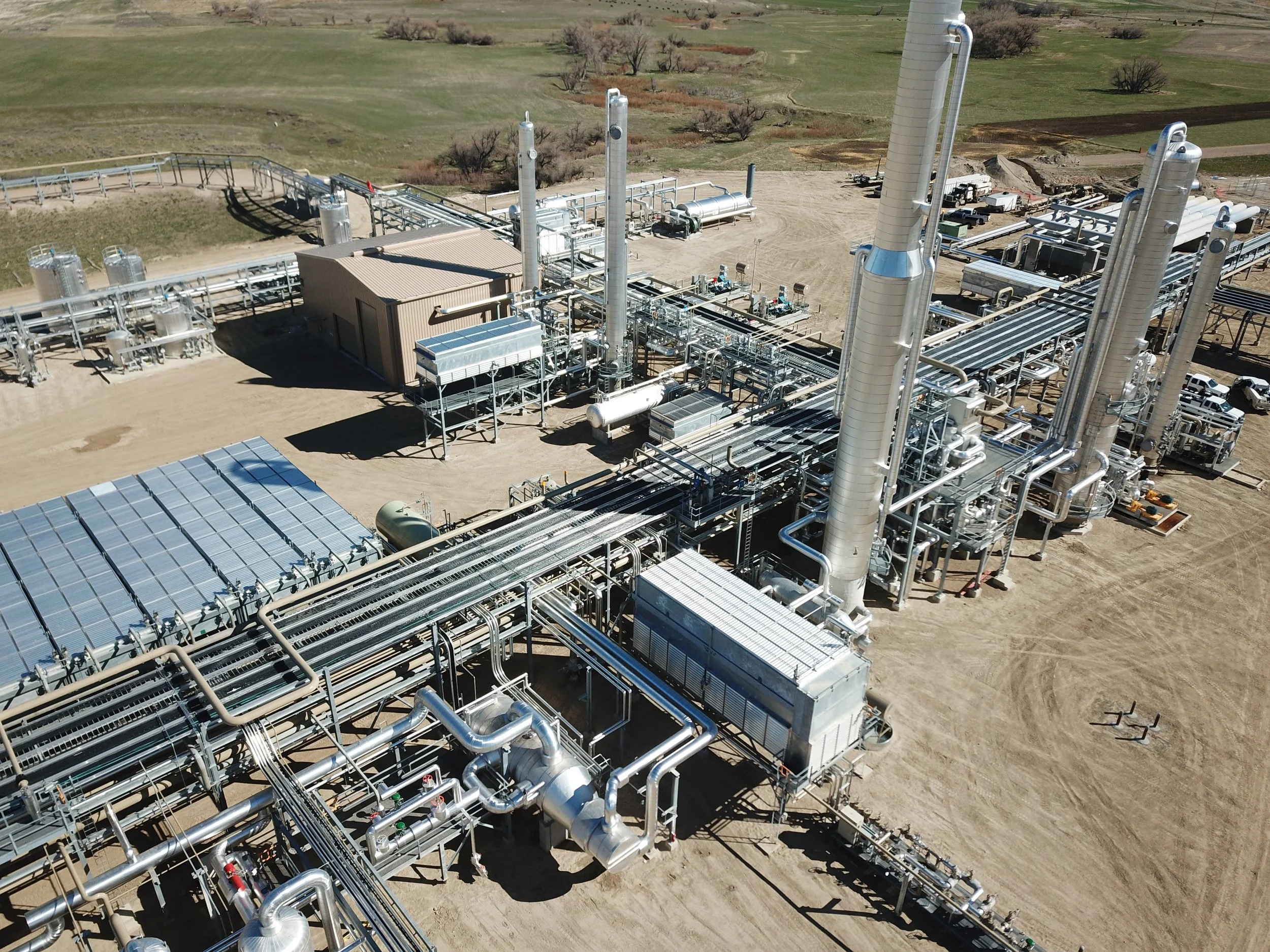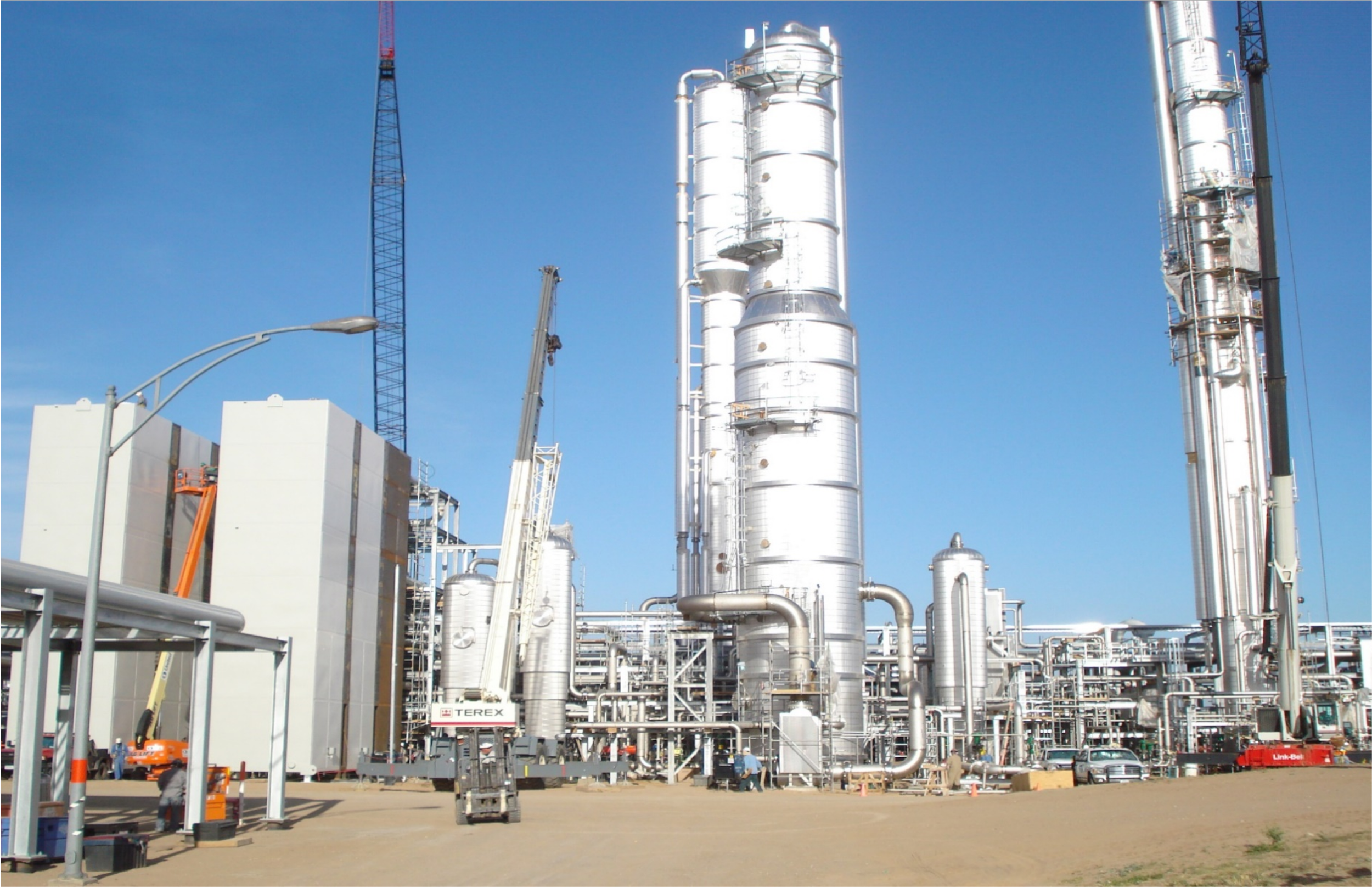
Discover the Leading Edge in Natural Gas Processing with Our Solutions
Azota is Headquartered in Houston, Texas serving clients Nationwide
Azota is a leading provider of natural gas infrastructure projects based in Houston, Texas. Our leadership team has successfully engineered, procured, fabricated, and constructed gas processing facilities throughout the United States, ranging in size from 20 to 870 MMSCFD, while also designing and fabricating facilities for international projects.
Beyond greenfield activity, Azota is a premier provider of plant revamps and upgrades solutions, increasing both recoveries and throughput capacity while delivering some of the most energy efficient gas liquid recovery plants in the industry. Many of our designs feature minimized recompression requirements and optimized electrical loads.
Our engineering and construction experience includes small, skid-mounted processing units up to world-class, fully integrated, and purpose-built processing plants. From conceptual design through detailed Engineering, project management, start-up, and training, Azota is a true partner.

"Where Excellence Meets Efficiency"
At Azota, hearing "It’s our best running plant!" is not just an accolade, it's our standard. Our approach to building gas processing facilities is rooted in a blend of cutting-edge technology and operational excellence, ensuring every plant we build becomes a benchmark in the industry.
Our Solutions

What Makes Us Different?
-
Our Holistic Approach
We take a holistic view of each project, considering new technologies and optimizing existing equipment to be cost-effective and efficient.
-
Diverse Technology
Our team utilizes a range of technologies, from decades-old methods to new innovations developed over years of experience.
-
Client-Centric Solutions
Our focus on understanding our clients' goals, whether the projects are brownfield (upgrading existing facilities) or Greenfield (developing new sites).
-
Versatility in Projects
We handle various gas processing needs, including cryogenic plants, amine-treating units, nitrogen rejection, helium recovery, and much more.
-
Long-Term Client Relationships
We maintain strong relationships with each of our clients, characterized by collaborative efforts and continuous support even after project completion.
-
Commitment To Quality
Our team is dedicated to delivering projects of the highest quality, adhering to the highest industry standards and best practices.
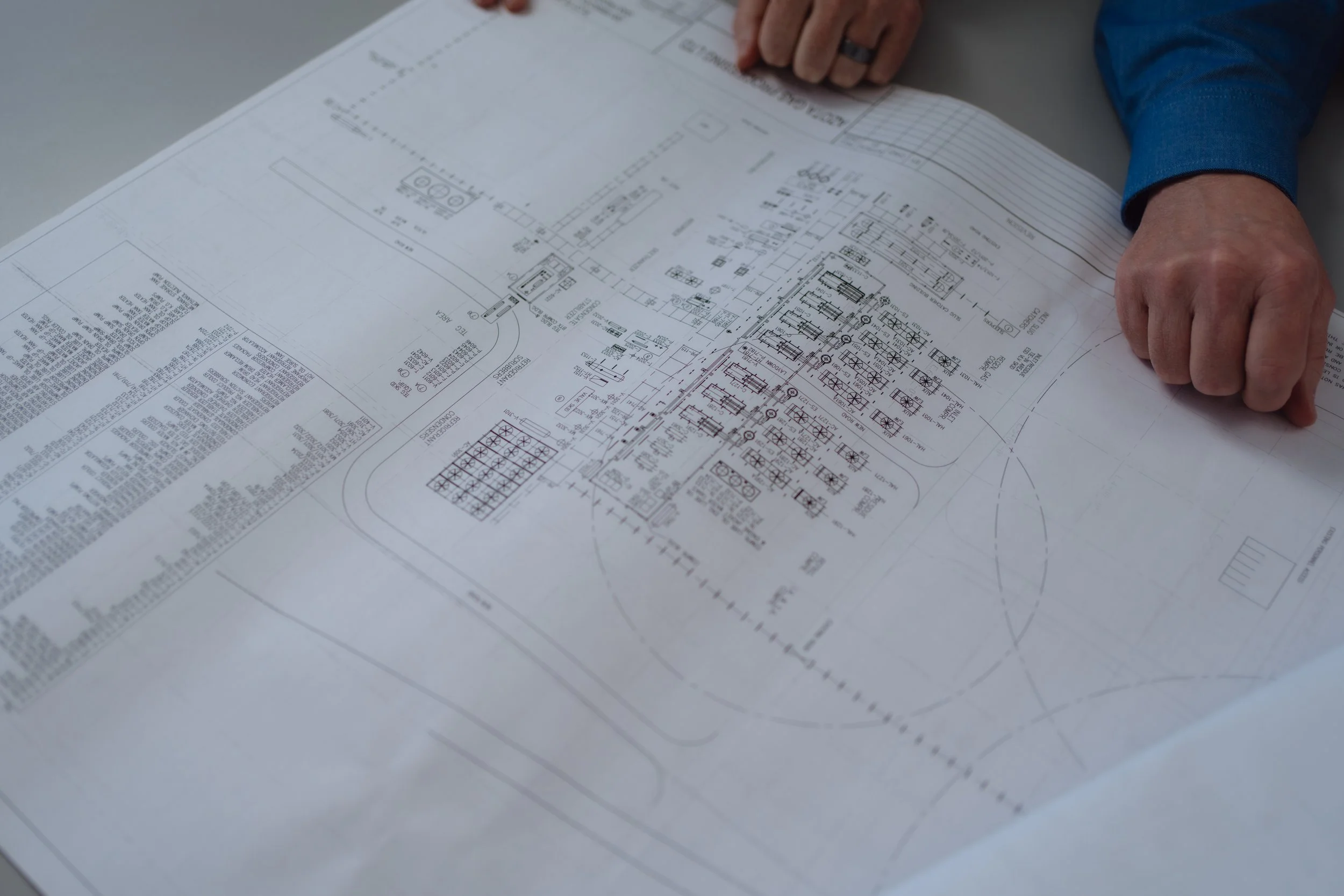
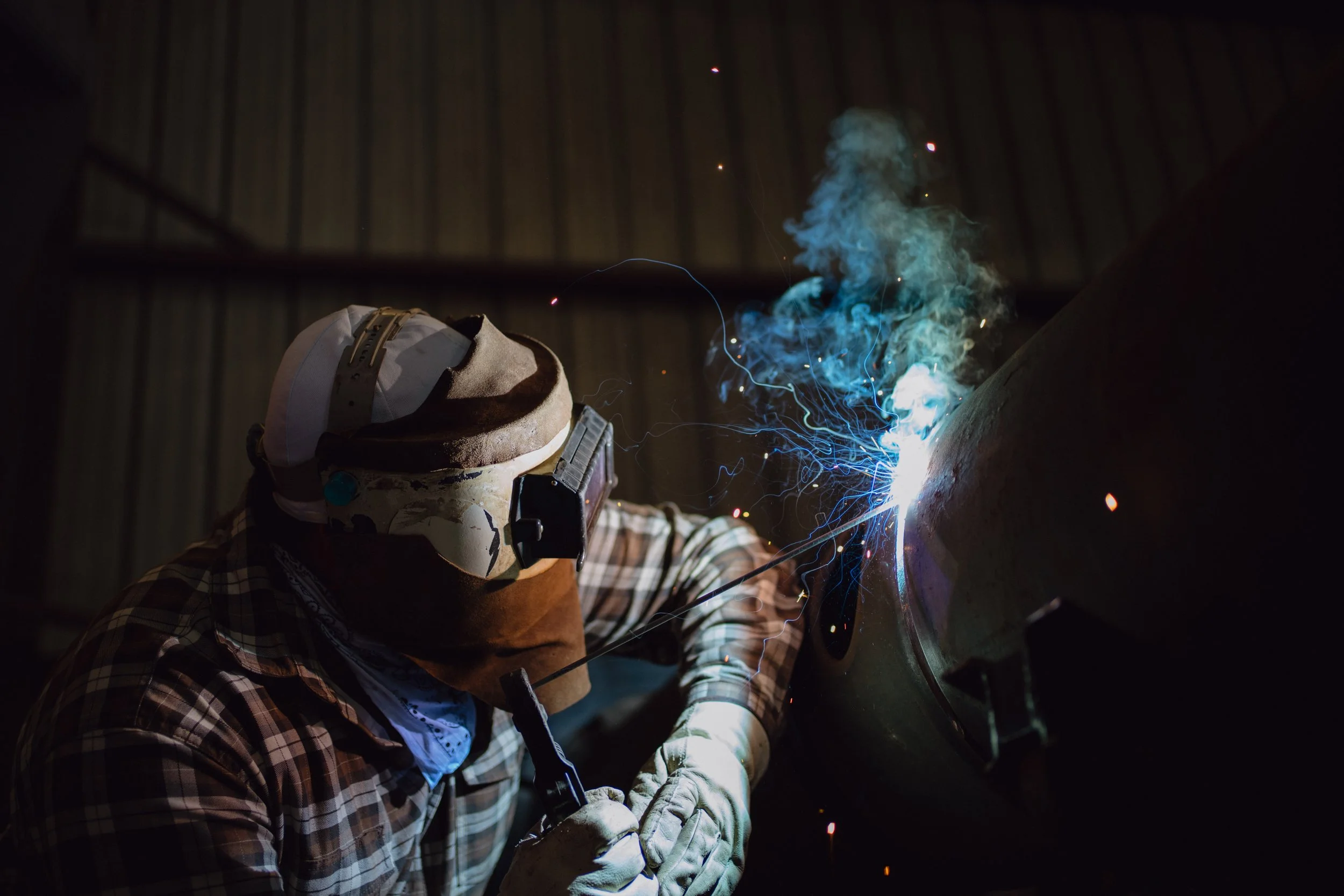

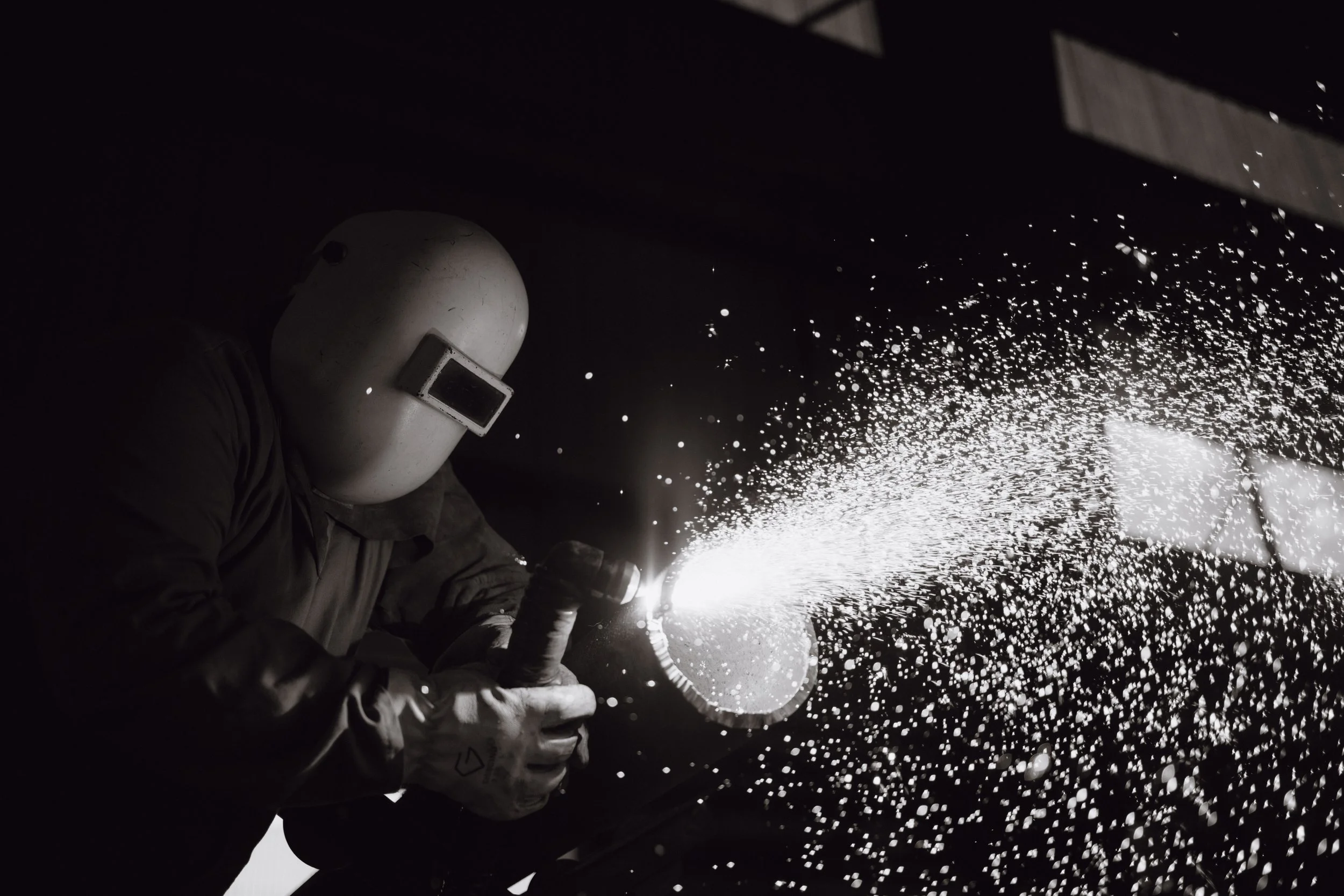
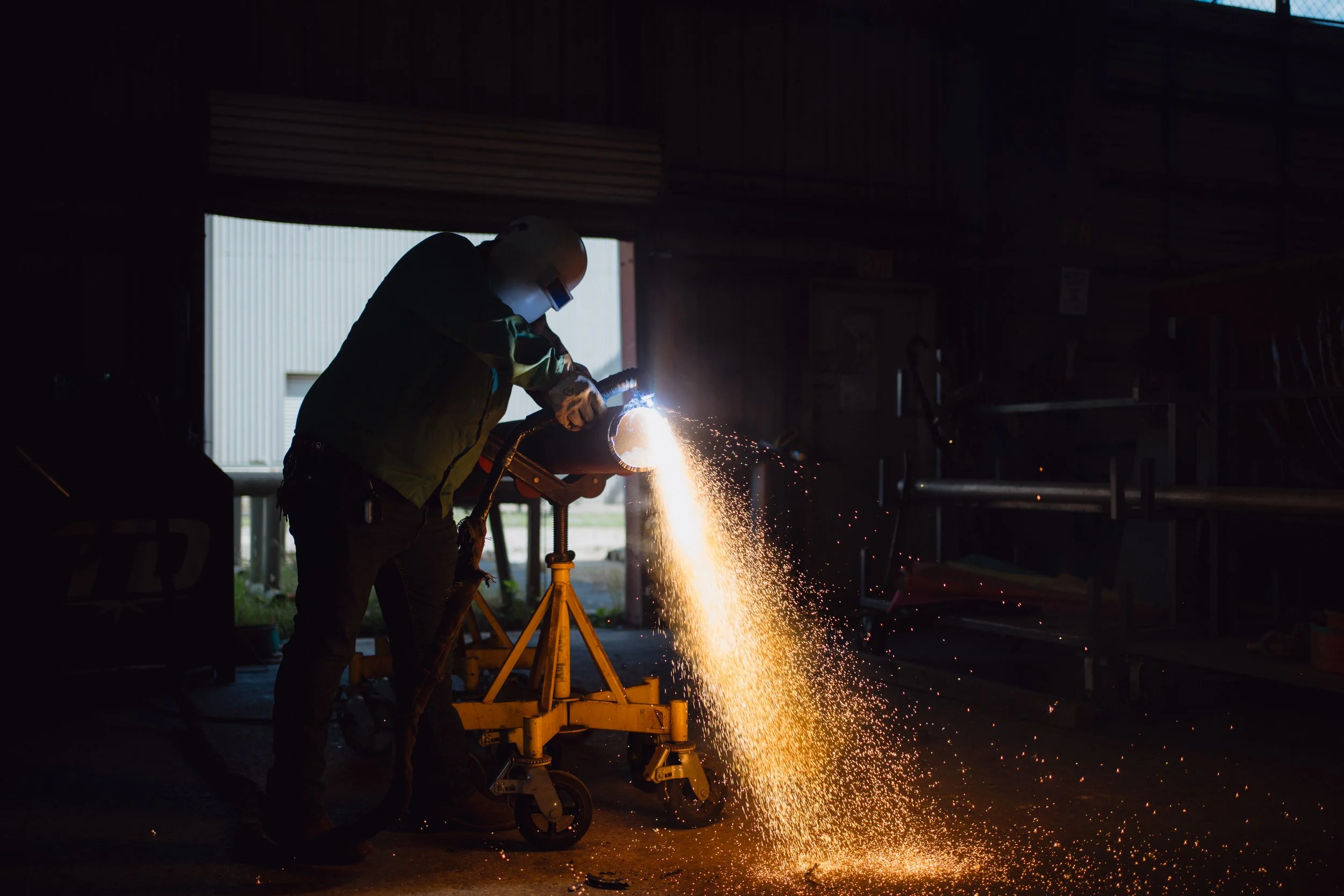

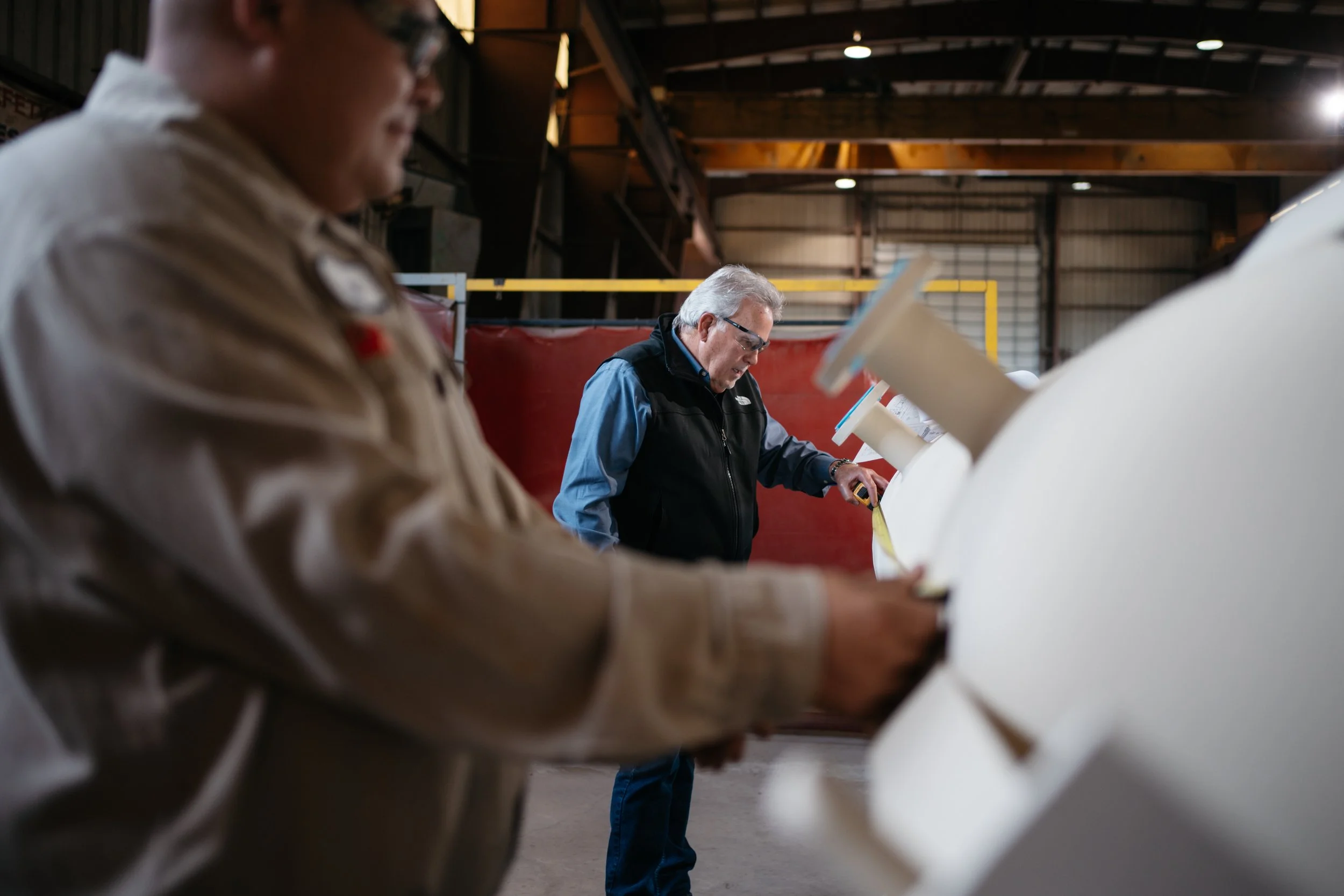
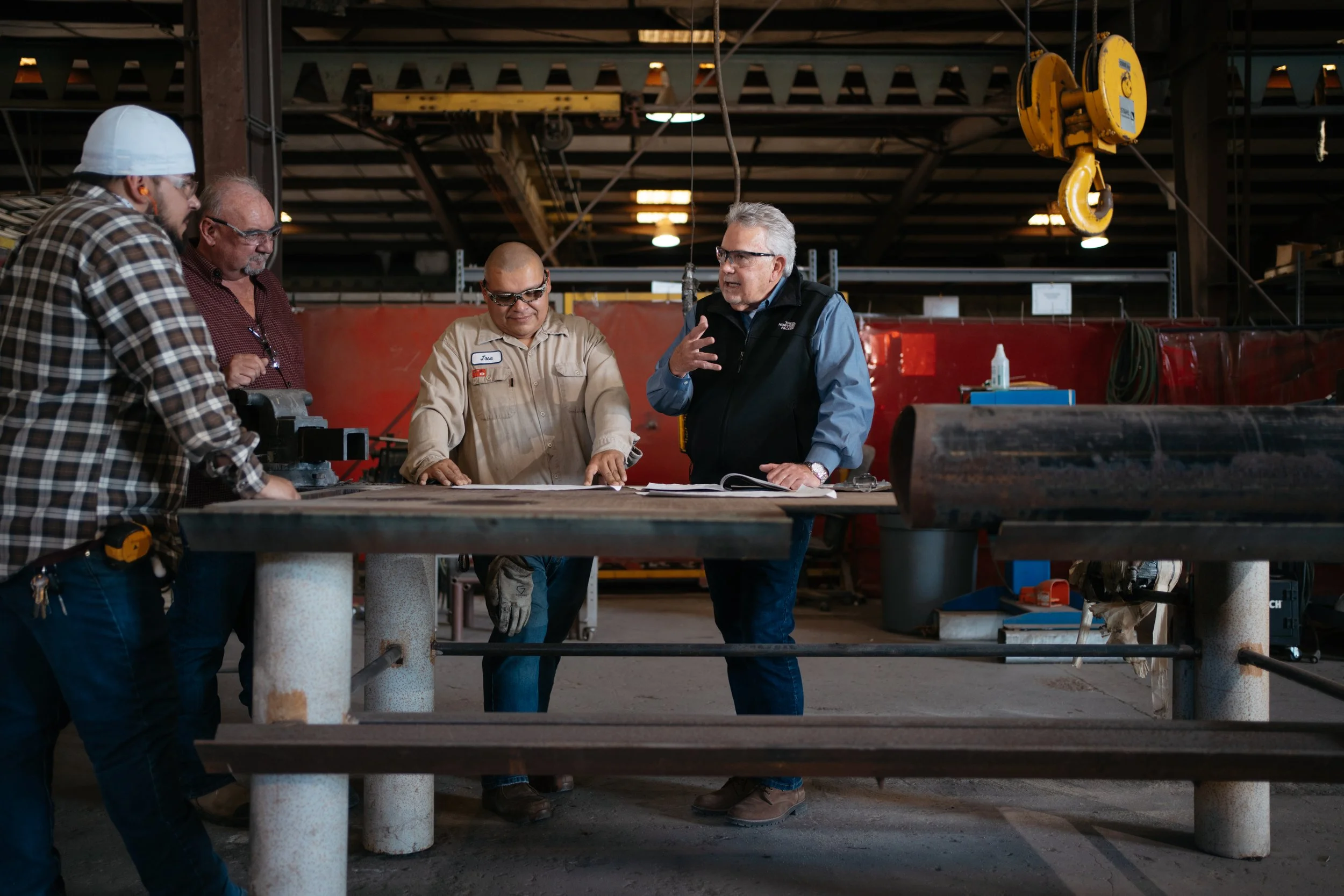

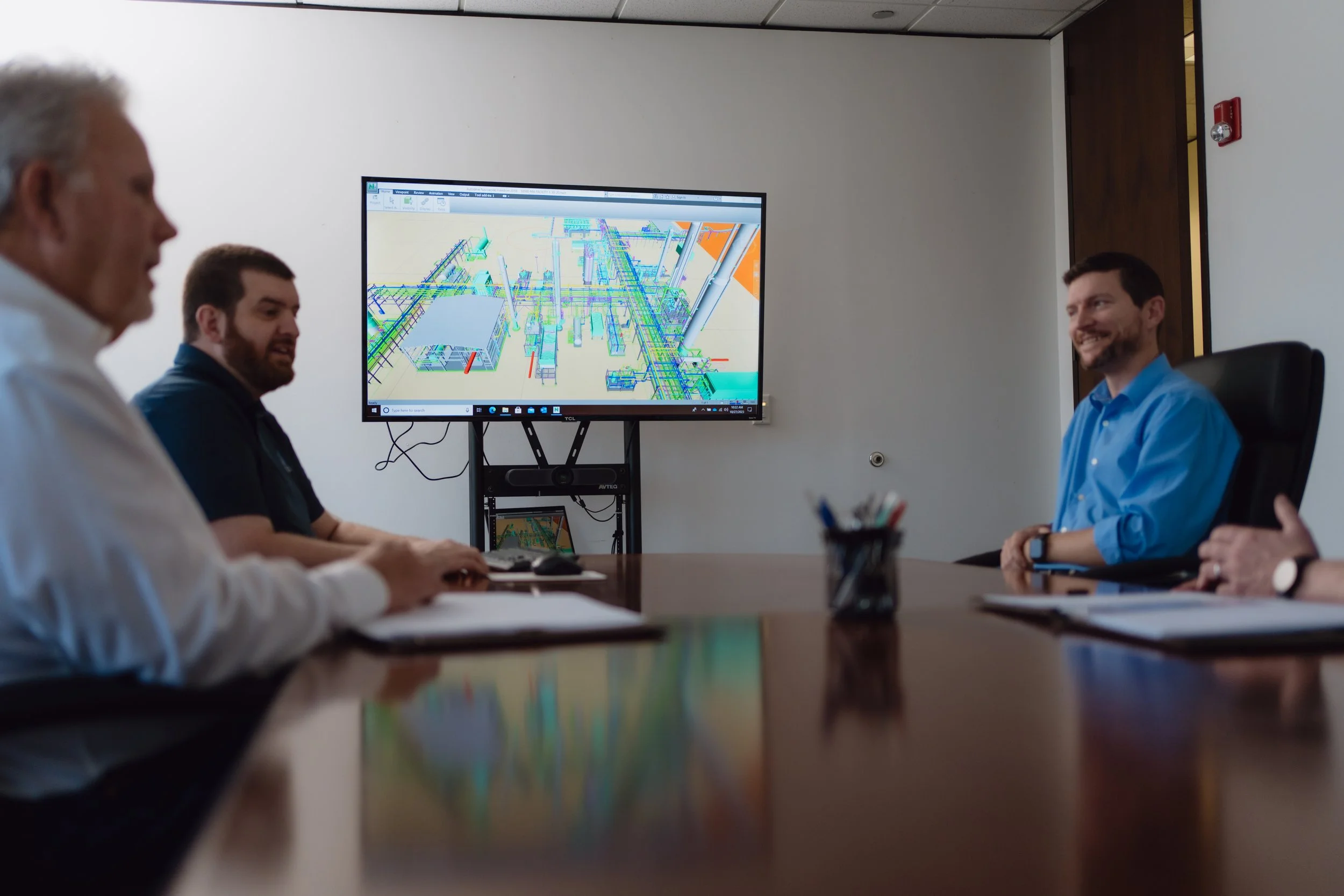

Azota’s Major Project Experience
200 MMSCFD Processing Plant | Wyoming
200 MMSCFD Processing Plant | North Dakota
200 MMSCFD Processing Plant | North Dakota
620 MMSCFD NRU and Helium Recovery Plant | Kansas
200 MMSCFD Processing Plant | Texas
200 MMSCFD Processing Plant | Texas
35 MMSCFD NRU | Texas
Two train 870 MMSCFD Processing Plant | Equatorial Guinea
440 MMSCFD Processing Plant | Peru
55,000 BPD LPG Fractionation Facility | Peru
Expansion of existing NGL Fractionation Facility from 33,500 BPD to 46,000 BPD | Trinidad
600 GPM Gas Treating Facility | Texas
100 MMSCFD Processing Plant | Argentina
150 MMSCFD Processing Plant | Texas
300 MMSCFD Processing Plant | Texas
200 MMSCFD Processing Plant | Texas
200 MMSCFD Processing Plant | Texas
Expansion from 130 MMSCFD to 170 MMSCFD Processing Plant | Texas
100 MMSCFD Processing Plant | Louisiana
100 MMSCFD Processing Plant | Texas
140 MMSCFD Processing Plant | Texas
300 MMSCFD Processing Plant | Louisiana
Expansion from 65 MMSCFD to 80 MMSCFD Processing Plant | Oklahoma
100 MMSCFD Processing Plant | Louisiana
100 MMSCFD Processing Plant | Louisiana
30 GPM Sour Treating Addition | Texas
100 MMSCFD Processing Plant Relocation | Texas
500 GPM Sour Treating Addition | Texas
3.6 MMSCFD Landfill Gas Dehydration | Texas
Expansion from 25 MMSCFD to 50 MMSCFD Processing Plant | Oklahoma
50 MMSCFD Processing Plant | Texas
Expansion from 200 MMSCFD to 300 MMSCFD Processing Plant| Louisiana
30 MMSCFD Processing Plant | Texas
Dehydration and Treating Addition | Texas
50 MMSCFD Processing Plant | Texas
30 MMSCFD Plant Relocation | Louisiana
40 MMSCFD LPG Recovery Plant | Colorado
7,000 BPH Vapor Recovery Unit | California
60 MMSCFD Plant Upgrade | Utah
Areas We Service
We service all of the major shale plays across the globe but heavily service the United States for all gas midstream needs. Contact our team of experts today to get started on building, optimizing, or enhancing the efficiency of your gas processing facilities. Your success is our priority, and we're committed to delivering excellence in every aspect.
Services We Offer With Every Solution
